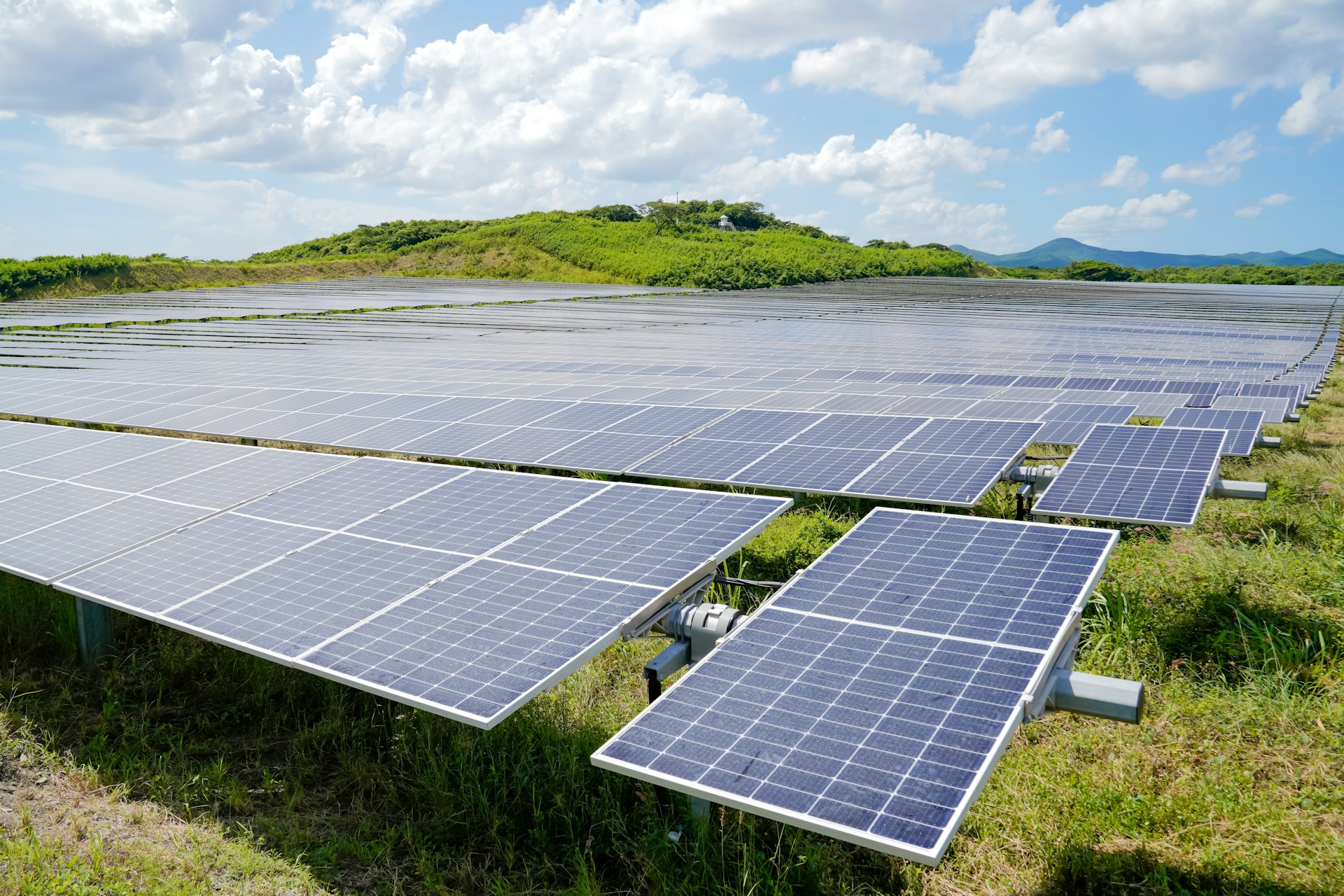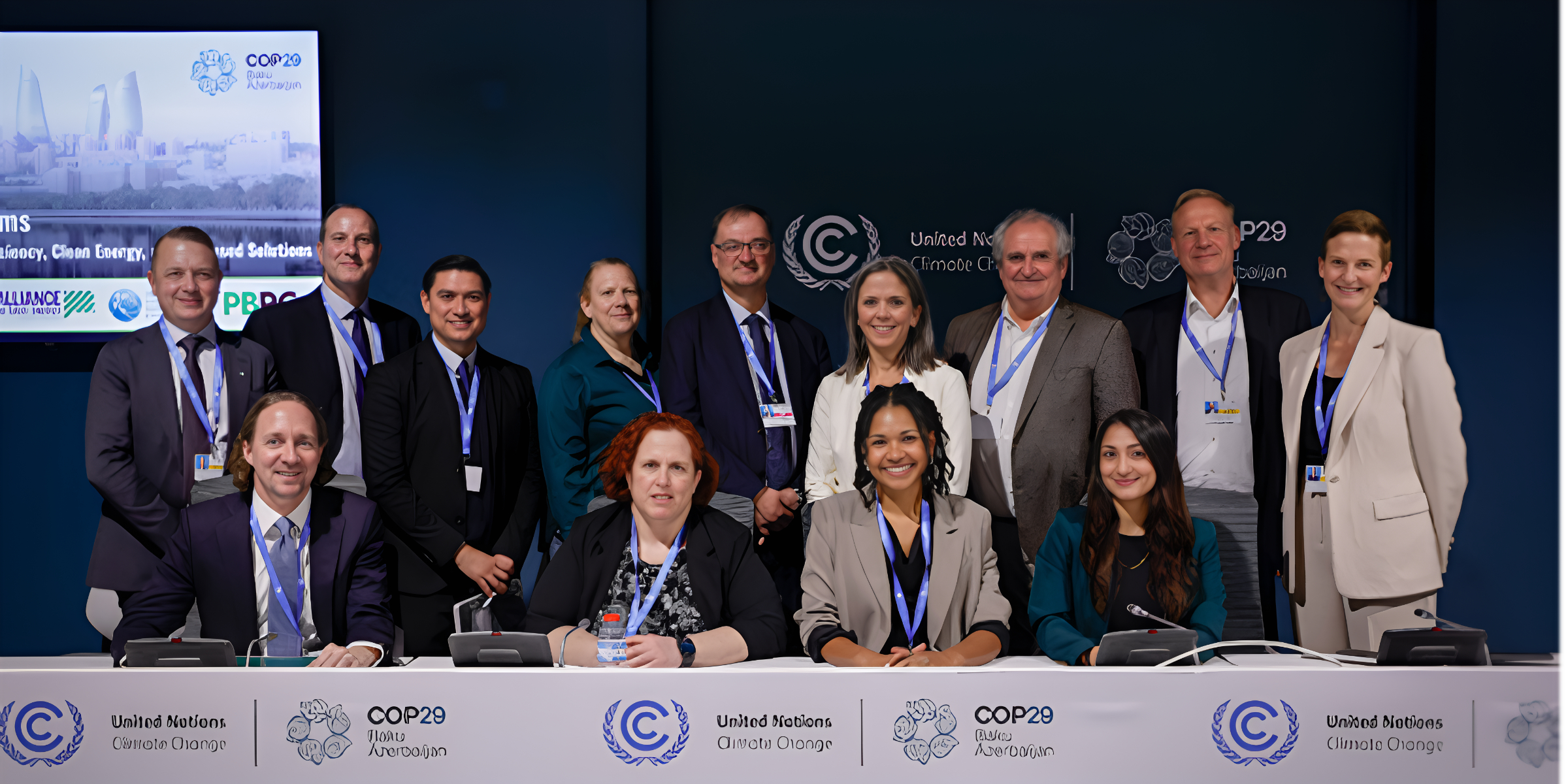Seaports Need a Lot of Energy, But Electrification Can Reduce Pollution and Costs
Let's Save Energy
Alliance to Save Energy's Blog
Seaports Need a Lot of Energy, But Electrification Can Reduce Pollution and Costs

This post is part of a series on the diverse opportunities in the evolving transportation sector.
Seaports are a vital part of U.S. trade and economic success: they generate about $125 billion annually in direct business, and the country’s international trade via ship is growing. However, they also consume large amounts of diesel fuel. This is a problem for two reasons. First, diesel emissions create localized air pollution, and according to the EPA, low-income populations and people of color are disproportionately impacted by diesel emissions from ports and port-related corridors. Second, ports are using more energy and spending more money on it than they would if they adopted electrified equipment.
Ports Leading the Charge
There are multiple, proven ways for ports to reduce or eliminate harmful diesel emissions and reduce their energy consumption, but just a handful of seaports in the U.S. have adopted bold energy-saving strategies. Two U.S. seaports are leading the charge in leveraging electrification to bolster their energy productivity and economic competitiveness.
The Georgia Ports Authority (GPA)’s Port of Savannah is piloting four electric rubber-tired gantry cranes, which use 95 percent less fuel than their diesel-powered counterparts by only using diesel when moving between container rows. GPA also replaced its 27 diesel ship-to-shore cranes with electrified cranes that recharge themselves as they lower containers, producing enough energy to power themselves for 18 minutes of each operating hour. These newly adopted technologies provide a win-win solution to both GPA and surrounding communities: GPA saves money, since electric cranes cost 85 percent less to operate, and communities benefit from reduced pollution.
On the opposite coast, the Long Beach Container Terminal at the Port of Long Beach has not only eliminated diesel-powered equipment, but it has also adopted automated cranes to increase efficiency. Since their introduction in 2016, the Long Beach Container Terminal’s electrified, automated cranes and vehicles have boosted its operational efficiency and, compared to a 2005 baseline, contributed to an 88 percent reduction in diesel particulate matter. The cranes can even use artificial intelligence to sort containers in advance of a transfer – during a lull, the cranes will put themselves to work. In addition, the automated cranes do not need light to operate, allowing the terminal to keep the lights off and save 10 million kWh per year.
Will Other Ports Jump on Board?
For seaports to jump on board with the transportation transformation, they need to prioritize using electrification and other technologies to reduce their energy use. Both the Georgia Ports Authority and the Long Beach Container Terminal give us a glimpse of what the future may hold for more modern, efficient U.S. ports.
RECENT BLOG POSTS
STAY EMPOWERED
Help the Alliance advocate for policies to use energy more efficiently – supporting job creation, reduced emissions, and lower costs. Contact your member of Congress.
Energy efficiency is smart, nonpartisan, and practical. So are we. Our strength comes from an unparalleled group of Alliance Associates working collaboratively under the Alliance umbrella to pave the way for energy efficiency gains.
The power of efficiency is in your hands. Supporting the Alliance means supporting a vision for using energy more productively to achieve economic growth, a cleaner environment, and greater energy security, affordability, and reliability.



